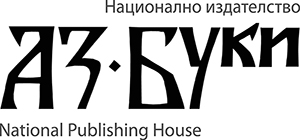Nataliia Petruk
Khmelnytskyi National University
https://doi.org/10.53656/his2025-2-1-edu
Abstract. The article discusses cultural interactions during Ukrainian Baroque (the 17th and 18th centuries), focusing on Europe’s broader spiritual and intellectual context. It aims to explore the role of educational-intellectual centres as essential components of Ukrainian Baroque culture and their involvement in communication with the Orthodox communities in the Balkan region. The theoretical-methodological foundation of the research is a comprehensive philosophical and historical analysis of the Ukrainian Baroque’s universal nature, including the use of cultural history to clarify the activities of Ukraine’s spiritual and intellectual elite. The article reveals that cultural exchanges during this era occurred through spiritual, educational and literary ties among intellectuals, philosophers, Kyiv Academy professors and Orthodox Church leaders, connecting them with like-minded figures from the Balkans, especially Bulgaria and Serbia. The “Kyiv scholarly” centres, as powerful hubs of knowledge and learning in the 17th and 18th centuries, significantly contributed (under the support of the Orthodox Church) to shaping a cultural environment receptive to European education and culture and facilitating their transmission to the South Slavic regions. The article concludes that the Ukrainian Baroque era created a transcultural communication space, enabling cultural interaction between Western Europe, Rus and the southern Balkan countries.
Keywords: Ukrainian Baroque; educational-intellectual centres; the South Slavic world; cultural exchange; cultural environment; the Kyiv-Mohyla Academy.
Log in to read the full text


